CCET 2025_ Event Postponement
This is to inform that due to some circumstances beyond the organizer control, “20th Edition of Global Conference on Catalysis, Chemical Engineering, and Technology” (CCET 2025) March 27-29, 2025 | Hybrid Event has been postponed. The updated dates and venue will be displayed shortly.
Your registration can be transferred to the next edition, if you have already confirmed your participation at the event.
For further details, please contact us at catalysis-chem@magnusconference.com or call + 1 (702) 988 2320.
Molecules and ions with a twelve or more membered ring are referred to as macrocycles. Crown ethers, calixarenes, porphyrins, and cyclodextrins are all classic examples. Macrocycles are a major and well-established branch of chemistry. The development of supramolecular macrocyclic chemistry, inspired by the lock and key idea, has aided the expansion of host-guest chemistry.
Supramolecular chemistry is a branch of chemistry concerned with "the chemistry of molecular assemblies and the intermolecular bond" and "organised entities resulting from the association of two or more chemical species held together by intermolecular forces." Noncovalent interactions between tiny molecules are used in supramolecular chemistry to self-assemble molecular structures. Hydrogen-bonding, hydrophobic, and electrostatic interactions, as well as template-directed self-assembly, are examples of these interactions. Supramolecular techniques can be used to make both dendrimers and supramolecular structures.
- Macrocyclic dynamics and modelling
- Recent advancements in supramolecular chemistry

Thomas J Webster
Interstellar Therapeutics, United States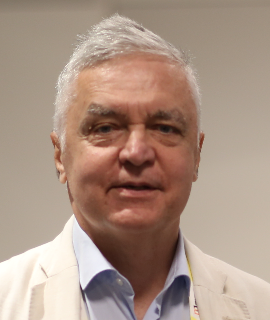
Sergey Suchkov
R&D Director of the National Center for Human Photosynthesis, Mexico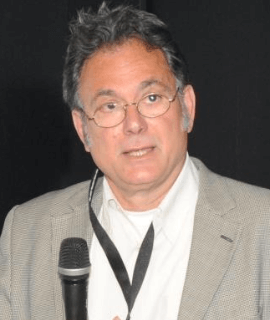
Christopher Koroneos
University of Western Attica, Greece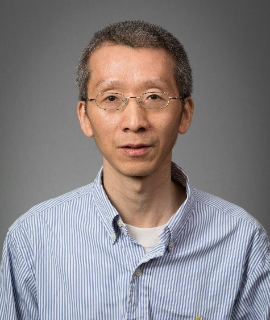
Haibo Ge
Texas Tech University, United States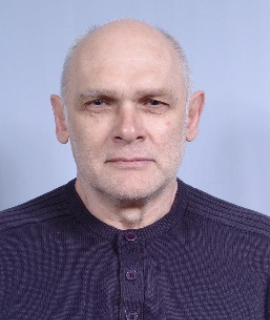
Valery P Kalinitchenko
All Russian Phytopathology Research Institute, Russian Federation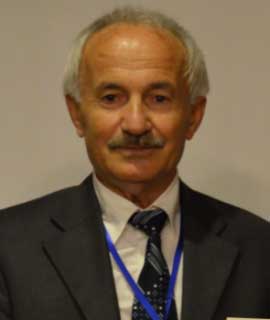
Osman Adiguzel
Firat University, Turkey
Delia Teresa Sponza
Dokuz Eylul University, Turkey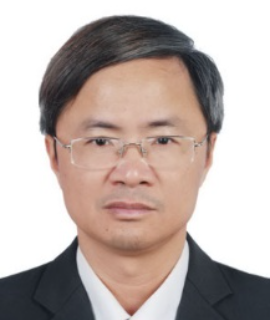
Guangnan Ou
Jimei University, China


Title : Using cells as the environmentally catalyst for nanoparticle synthesis: Killing bacteria, inhibiting inflammation, and growing tissues
Thomas J Webster, Interstellar Therapeutics, United States
Title : Personalized and Precision Medicine (PPM) as a unique healthcare model to be set up through biodesign-inspired biotech-driven translational applications and upgraded business marketing to secure the human healthcare, wellness and biosafety
Sergey Suchkov, R&D Director of the National Center for Human Photosynthesis, Mexico
Title : Chemical soil biological engineering and biogeosystem technique methodology
Valery P Kalinitchenko, All Russian Phytopathology Research Institute, Russian Federation
Title : Antibody-proteases as translational tools of the next-step generation to be applied for biotech, bioindustry and personalized and precision medical practice
Sergey Suchkov, R&D Director of the National Center for Human Photosynthesis, Mexico
Title : Shape memory phenomena and crystallographic transformations in shape memory alloys
Osman Adiguzel, Firat University, Turkey
Title : Construction of artificial metalloenzymes by protein refolding
Guangnan Ou, Jimei University, China
Title : Photoremoval of some brominated phenols (4-bromophenol and 2,4,6-tribromophenol) with reused polystyrene foam and SnO2
Delia Teresa Sponza, Dokuz Eylul University, Turkey
Title : Phenol removal from wastewater using innovative biological and industrial wastes as adsorbents
Ashanendu Mandal, University of Calcutta, India
Title : Boom of nanomaterials in environmental remediation
Vijendra Singh Solanki, Institute of Science and Research, India
Title : Process intensification for the production of 2, 2-dimethoxypropane using Fixed BED Chromatographic Reactor (FBCR)
Akash Sunilrao Shinde, Indian Institute of Technology Bombay, India